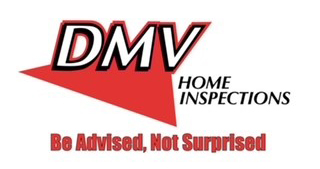A clogged drain is a household nuisance that disrupts your daily routine and may lead to unpleasant odors and plumbing issues. Fortunately, there are several effective methods to unclog a drain without the need for costly professional assistance. In this article, we will explore six practical tips to help you clear a stubborn clog and get your household drains flowing smoothly again.
Boiling Water Can Unclog a Drain
One of the simplest and most effective ways to unclog a drain is by pouring boiling water down it. This method works best for minor clogs caused by grease or soap scum. Boiling water can melt and dislodge these substances, allowing them to flow down the drain.
To use this method, boil a pot of water and carefully pour it directly into the clogged drain. Repeat this process a few times if necessary, using caution to avoid splashes and burns.
Baking Soda and Vinegar
Combining baking soda and vinegar is a tried-and-true remedy for drain clogs. Pour 1/2 cup of baking soda down the drain, followed by an equal amount of vinegar. The chemical reaction between these two ingredients creates a foaming action that can help break down and dislodge debris.
After a few minutes, flush the drain with hot water to wash away the loosened clog. This method is environmentally friendly and safe for both metal and PVC pipes.
Use a Plunger
A plunger is a tool designed to unclog various types of drains, such as sinks, toilets, and shower drains. To use a plunger effectively, there should be enough water in the sink or drain to create a proper seal. Position the plunger over the drain and move it up and down. The suction action will dislodge the clog and push it through the pipes.
Drain Snake (Auger)
A drain snake, or a drain auger, is a highly effective tool for stubborn clogs deeper in the drain. These flexible, long, and coiled wires are designed to navigate the twists and turns of your plumbing system to reach and remove the clog.
Insert the snake into the drain and rotate it. When you feel resistance, you’ve likely reached the clog. Carefully maneuver the snake to break up or hook onto the clog and pull it out. Be cautious and patient when using a drain snake to prevent damaging the pipes.
Unclog a Drain with Chemical Drain Cleaners
Chemical drain cleaners are a last resort when other methods have failed. They can be highly effective in breaking down organic matter and minor clogs. However, they are also corrosive and potentially harmful to your plumbing if overused.
When using chemical drain cleaners, follow the manufacturer’s instructions, wear protective gear, and maintain proper ventilation in the area. These products should not be used regularly; reserve them only for particularly stubborn clogs.
Preventive Maintenance
The best way to deal with plumbing issues is to prevent them in the first place. Regular maintenance goes a long way in keeping your household drains free-flowing. Some preventive measures include using drain strainers to catch hair and debris, avoiding pouring grease down the sink, and periodically flushing drains with hot water to prevent the buildup of soap scum and other residue.
A clogged drain is a hassle. With the right tools and techniques, you can easily tackle common clogs on your own. To protect your plumbing, start with the least invasive methods, like boiling water or baking soda and vinegar, before moving on to more specialized tools like a plunger or drain snake. By following these tips, you’ll get the drain flowing smoothly and efficiently in no time.
DMV Home Inspections offers professional inspection services in the Washington DC metro area. Contact us to request an appointment.

